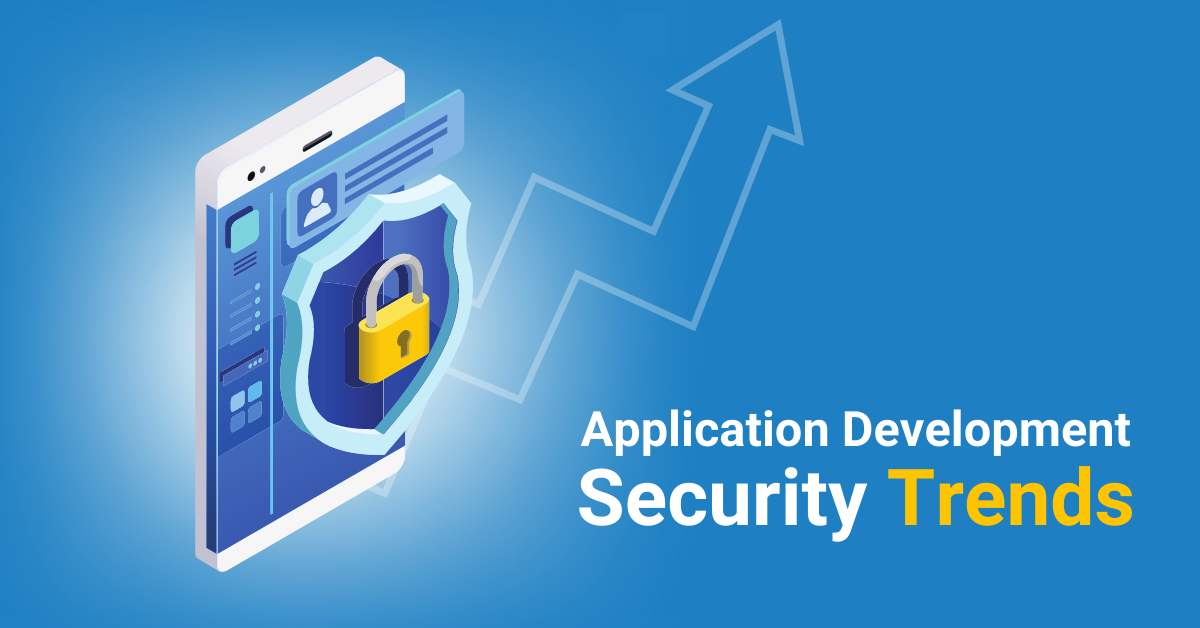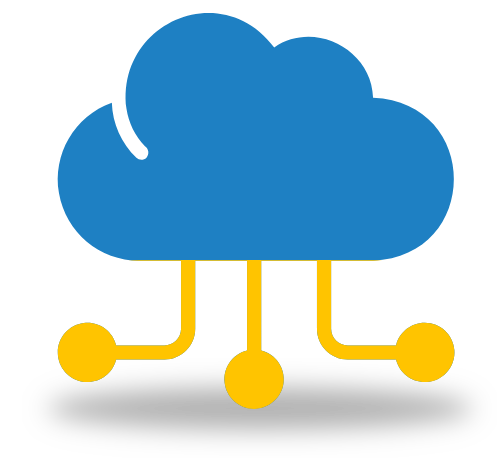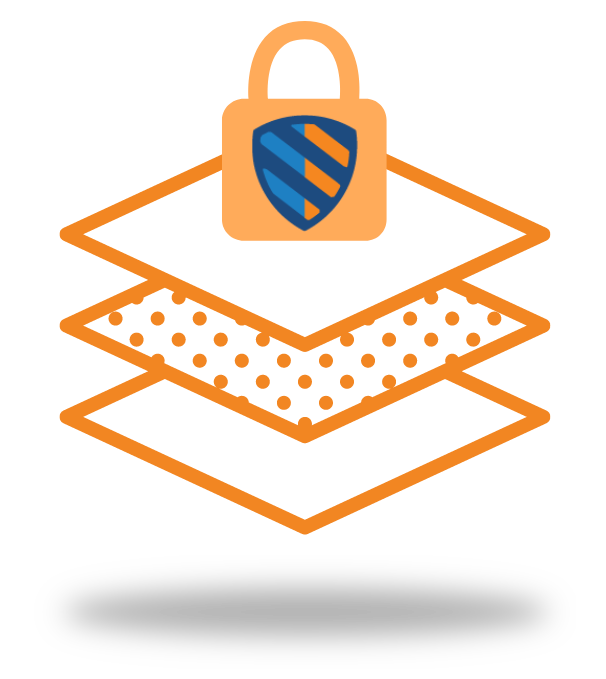
Threats to application security are ever-evolving, and finding ways to adapt to these changes is key to successfully protecting businesses and the privacy of their customers.
In 2021, developers working on application development security shifted their focus to an earlier stage in the SDLC. Rather than putting measures into place to react to security threats and attacks once they happen, developers began trying in earnest to integrate security measures into the code.
Developers were also spending a lot of time on cloud security in 2021. Corporate applications and application programming interfaces (APIs) are becoming increasingly cloud-based, so strengthening cloud security measures is critical. Unfortunately, companies remain extremely vulnerable to attacks. In a study of corporate sites in 2021, NTT Application Security found 50% had at least one serious exploitable vulnerability.
For this reason, security efforts in 2022 are in many ways expanding on concepts from the previous year. These are some of the most significant trends in security for applications that have emerged in recent years.

APIs become more integral to businesses every day. In fact, 98% of enterprise leaders say that APIs are an essential part of their plans for digital transformation. They can be seen in practically every aspect of day-to-day life, from reserving plane tickets to ordering dinner to transferring funds.
Such explosive growth in API usage has equated to a significant increase in attacks against them, and subsequently created a need for equipping APIs with better defense mechanisms. The primary focus for many web developers used to be web application security, but due to recent trends in API usage they have now begun to shift their focus to improving security for APIs.
Today, the web attack surface for corporations has become more of a mixture of both web applications and APIs, so it’s important to pay equal attention to security for both. While there are some parallels and overlaps between security for web applications and for APIs, there are also unique API challenges that developers are encountering for the first time.
In response, experts expect to see continued developments in security measures designed specifically for APIs. By reducing their vulnerabilities, developers will create a much more secure digital network for businesses.

In a world of near-constant cyber attacks, security operations center (SOC) teams have never been more necessary or more overloaded. A study by Enterprise Management Associates shows that 79% of security teams feel overwhelmed by the volume of threat alerts, with 27% seeing more than 1 million alerts per day.
This creates a number of problems. For one, urgent threats can get lost in a sea of alerts, putting companies at risk. When genuine threats slip through the cracks, they can quickly become incredibly costly for businesses.
Another hindrance for modern SOCs is that business networks are comprised of so many different elements. In many cases, various aspects of networks, including on-premise environments and the cloud, are protected by separate security solutions. This creates an inefficient and cumbersome system that makes security more challenging for everyone involved.
To rectify these issues, there is a push to consolidate and simplify security systems so that they can address a company’s entire IT network. On top of that, there is increasing pressure to incorporate the implementation and testing of security into every stage of the SDLC.
Ensuring that all members of a company across all departments have a consistent understanding of the potential cyber-threats that exist, how to prevent them, and what to do if they occur is vital for maintaining robust cybersecurity measures. Ultimately, a company-wide understanding of cybersecurity makes threat detection and response more efficient and effective.

Adding to the struggle to optimize SOCs is the tendency for teams conducting manual research to follow-up on false positives. No matter how well trained a team may be, human error is unavoidable. Studies have shown that almost half of all alerts are actually false positives. When they are pursued, the result is wasted resources, excessive downtime, and enormous financial losses.
One strategy to reduce the frequency of false positives is more reliance on machine learning and artificial intelligence. These automated systems are capable of analyzing data with a very high degree of accuracy, and they have also been shown to reduce costs and response times.
Despite all of these benefits, there is still a lot of work to do to fully capitalize on automation in SOCs. Additional research and expertise in how to train and maintain automated systems are necessary for them to be truly effective. Overall, however, automation in SOCs is a valuable and promising area for developers to pursue.

Finally, it’s impossible to discuss current security trends without addressing cloud-based programs and systems. There are substantial benefits to using cloud storage and systems, including the fact that it is flexible and allows for remote work. These and other factors have led to an enormous cloud services market that is only expected to continue to grow. The notable downside is that security developments have lagged behind the rapid market growth.
In contrast to all its advantages, the cloud creates dangerous vulnerabilities for corporate assets and data, so securing it is of the utmost importance. At this stage, businesses store at least 48% of their data on the cloud, including classified and unencrypted material. For this reason, one of the biggest efforts in application security for the foreseeable future will be finding better solutions for securing the cloud.
One necessary step is to improve and increase the number of security solutions that are actually designed for, and at times integrated, into the cloud. This is not only a better system, but it is also the preference of business leaders.

Application security is a complex landscape with high stakes. Properly protecting applications and data can mean the difference between having a successful or failed business.
In these circumstances, seeking out the best possible security provider is an important step. As a global provider available for use on multiple platforms, PreEmptive offers professional app hardening with a line of premium obfuscation tools. There’s no better time to make application security a priority. Visit the PreEmptive products page to see all of the available options for increasing your application security.